Yes, I know of a soon to be made public solar company that will totally alter the renewable market. Decentralized microgrids are coming!
The rise in renewable energy will scramble the sector at this rate.
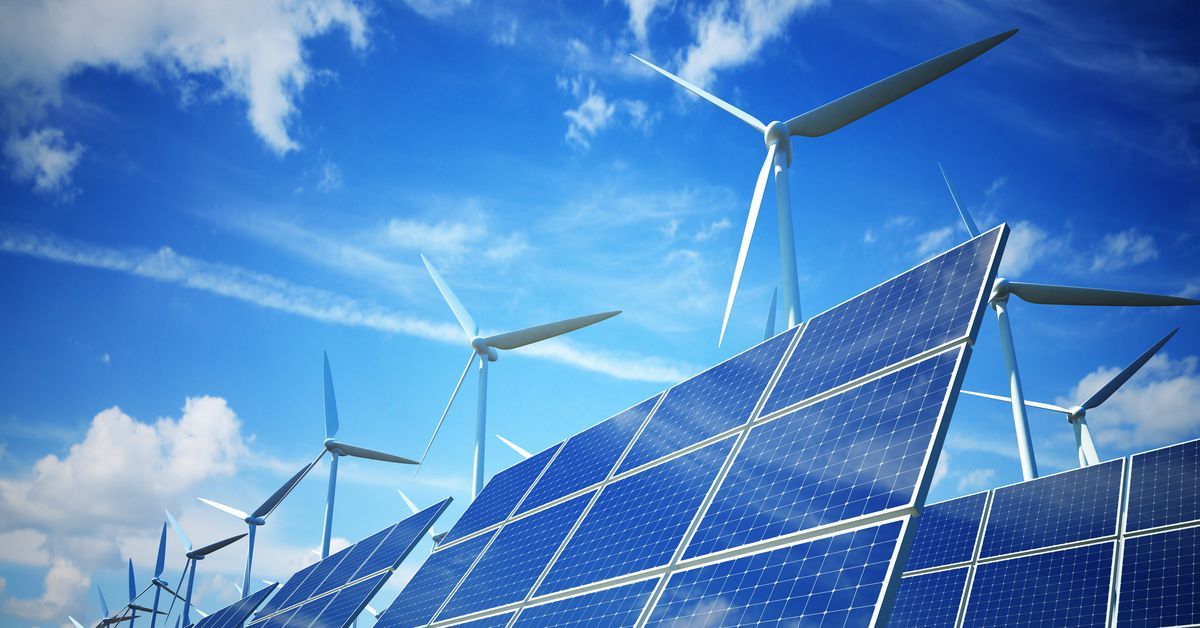
Yes, I know of a soon to be made public solar company that will totally alter the renewable market. Decentralized microgrids are coming!
The rise in renewable energy will scramble the sector at this rate.
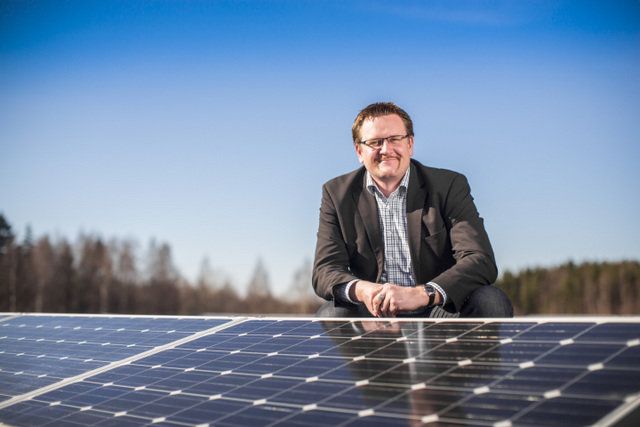
Is there enough space for all the wind turbines and solar panels to provide all our energy needs? What happens when the sun doesn’t shine and the wind doesn’t blow? Won’t renewables destabilise the grid and cause blackouts?
In a review paper last year in the high-ranking journal Renewable and Sustainable Energy Reviews, researcher Benjamin Heard and colleagues presented their case against 100 percent renewable electrical systems. They doubted the feasibility of many of the recent scenarios for high shares of renewable energy, questioning everything from whether renewables-based systems can survive extreme weather events with low sun and low wind, to the ability to keep the grid stable with so much variable generation.
Now, scientists have hit back with their response to the points raised by Heard and colleagues. The researchers from the Karlsruhe Institute of Technology and collaborators have analysed hundreds of studies to answer each of the apparent issues. They demonstrate that there are no roadblocks to a 100 percent renewable future.
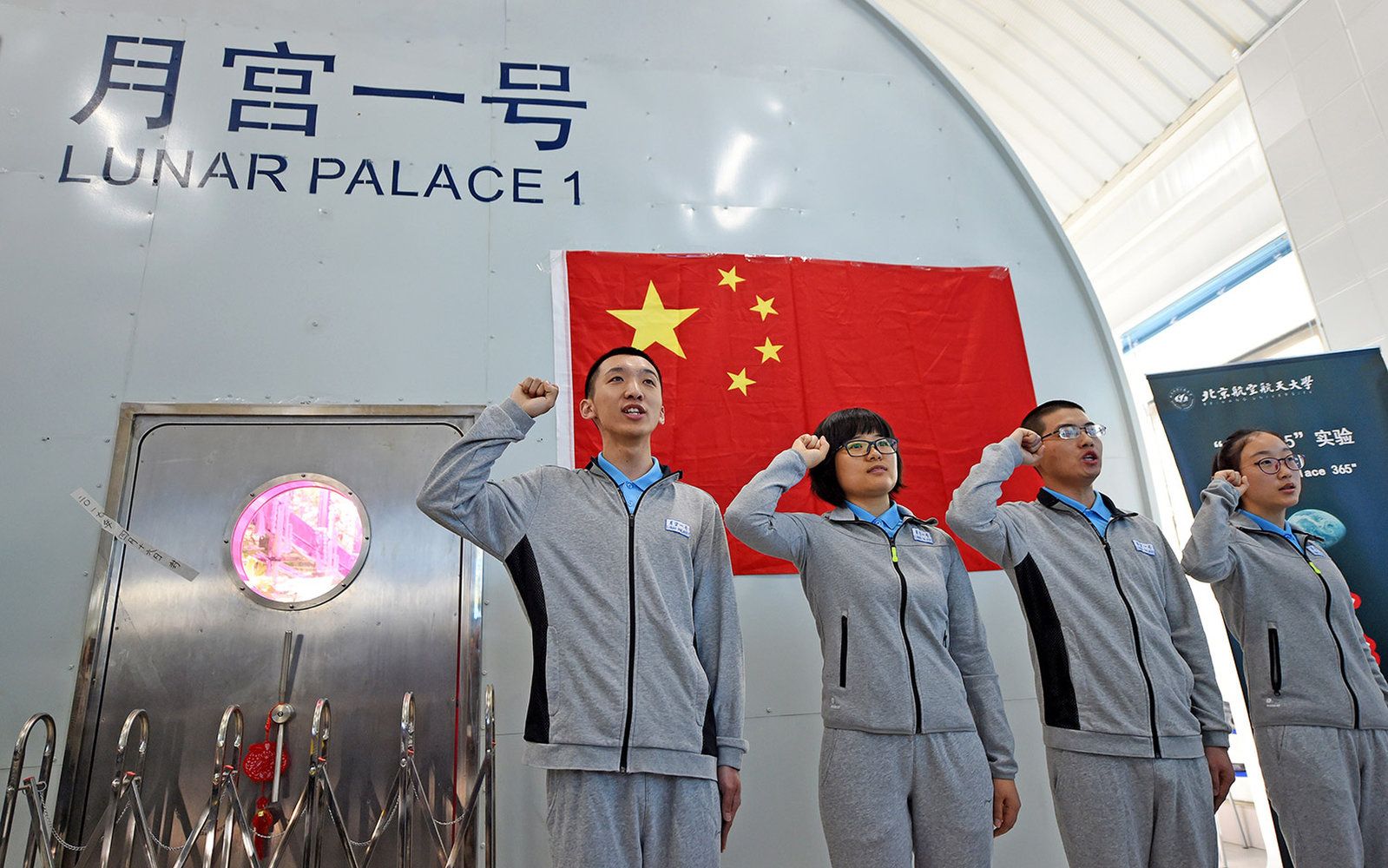
China and India are going to build a Lunar base/colony (I’ve heard) and the Japanese (I’ve heard) want to clad the moon in solar cells and microwave the power to Earth. To different places round the globe depending on the time.
In May 2018, China wrapped up a yearlong mission inside “Lunar Palace 1,” a Beijing facility designed to help the nation prepare to but boots on the moon. See images of the experiment here. (Read our full story here.) Here: Four volunteers take the oath in front of Lunar Palace 1, a facility for conducting bio-regenerative life-support systems experiments key to setting up a lunar base, at the Beijing University for Aeronautics and Astronautics (BUAA) on May 10, 2017. A ceremony was held in the BUAA that day as eight volunteers in two groups started a 365-day experiment in Lunar Palace 1.
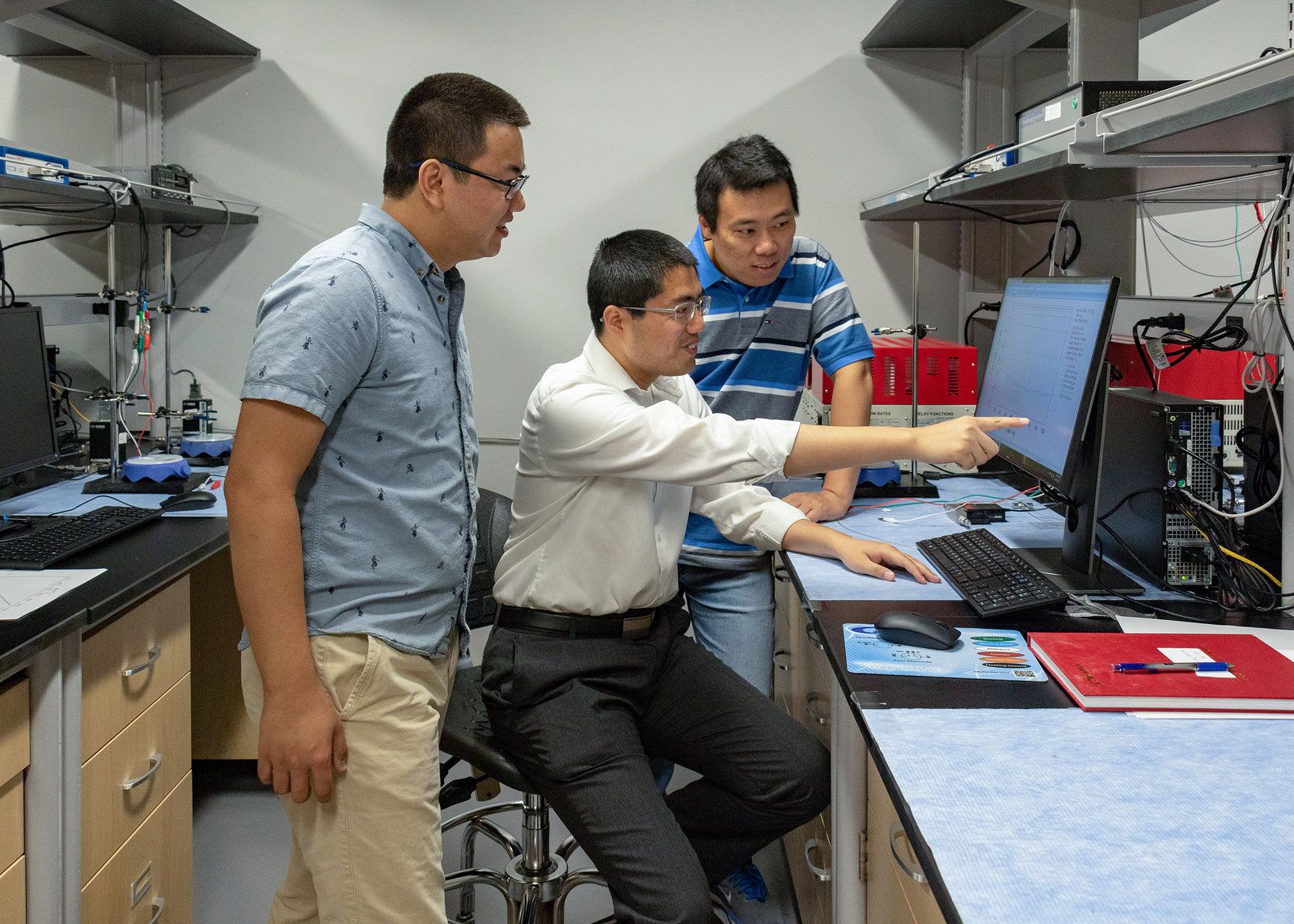
A UCF research team with collaborators at Virginia Tech have developed a new “green” approach to making ammonia that may help make feeding the rising world population more sustainable.
“This new approach can facilitate ammonia production using renewable energy, such as electricity generated from solar or wind,” said physics Assistant Professor Xiaofeng Feng. “Basically, this new approach can help advance a sustainable development of our human society.”
Ammonia, a compound of nitrogen and hydrogen, is essential to all life on the planet and is a vital ingredient in most fertilizers used for food production. Since World War I, the ammonia in fertilizer has been primarily produced using the Haber-Bosch method, which is energy and fossil-fuel intensive. There have been substantial obstacles to improving the process, until now.
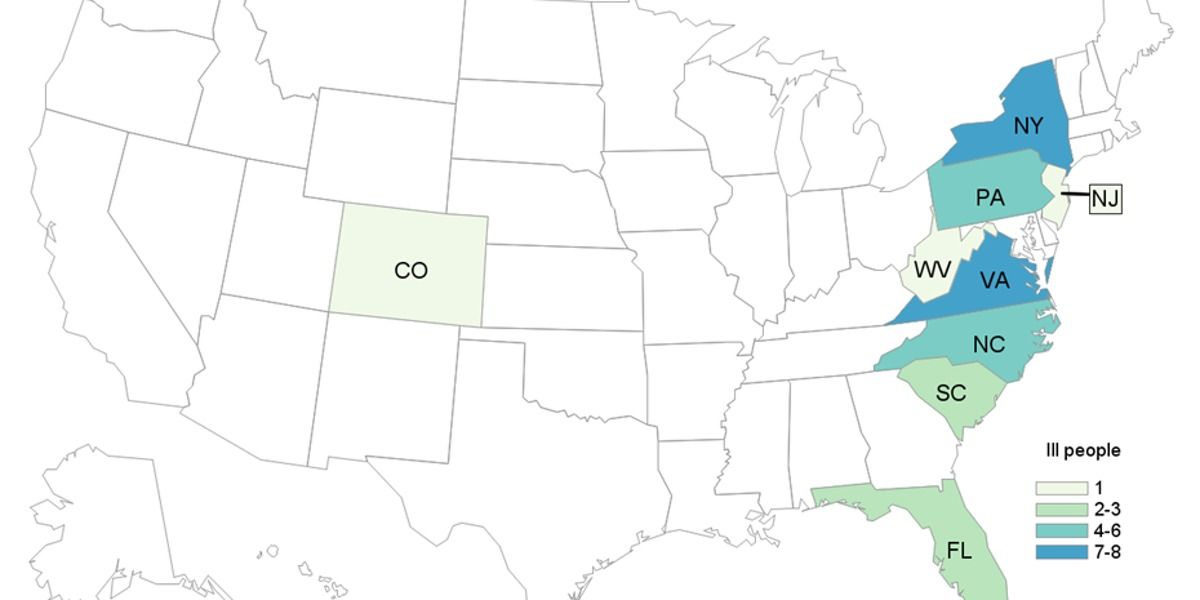
If someone tells you to go suck an egg, you might want to think twice about it if you live on the east coast. The United States Centers for Disease Control and Prevention announced last month that a Salmonella outbreak affecting hundreds of millions of eggs had been traced back to a farm in Hyde County, North Carolina. Public health officials have traced consumers’ illnesses in nine different states to the outbreak. Last week, the CDC released a map showing the outbreak’s spread.
Rose Acre Farms, the company responsible for the outbreak, distributes eggs all over the US, to both grocery stores and restaurants. As a result of contamination on the North Carolina farm, over 206 million eggs were exposed to Salmonella braenderup, a bacteria that causes severe diarrhea. The outbreak began in mid-April and appears to be slowing down, but in a multi-state outbreak like this, officials at the CDC may not hear about people getting sick right away. Therefore, the data on the case continues to evolve as reports roll in. The most recent numbers count 35 illnesses, 11 hospitalizations, and no deaths. Here’s a map of the outbreak’s current extent:
Article continues below.
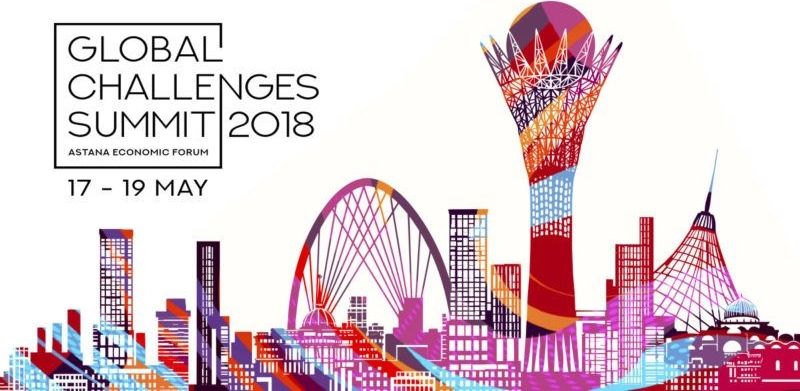
The Astana Global Challenge Summit 2018 will host a series of panels and talks on longevity and rejuvenation.
As it has every year since 2008, the Astana Economic Forum (AEF) is about to take place in Astana, Kazakhstan. AEF, now also known as the Global Challenges Summit (GCS), is an international and regional non-profit platform for public discourse on topics such as economics, globalization, security, global risks, energy efficiency, innovation, and, more generally, matters concerning the future of our world and society. It was jointly created by the Eurasian Economic Club of Scientists Association and the Kazakhstan government back in 2008, and over the years, it has hosted innumerable talks and presentations by scientists, economists, world leaders, entrepreneurs, Nobel laureates, and other key people.
In our rapidly changing world, where we sometimes struggle to keep up the pace with progress, initiatives like this are greatly needed and welcome. In order to address the global issues we will face in the coming decades, cooperation, dialogue, information sharing, and networking will be pivotal, and events like the GCS are instrumental in achieving success. The themes of the 2018 event, which will be held on May 17–19, will include global strategy, sustainability, the future of money, clean energy, a unified economy, and many others. Around 500 speakers from all over the world will be on stage to discuss these important topics, sharing visions and insights to build a brighter and safer future together.
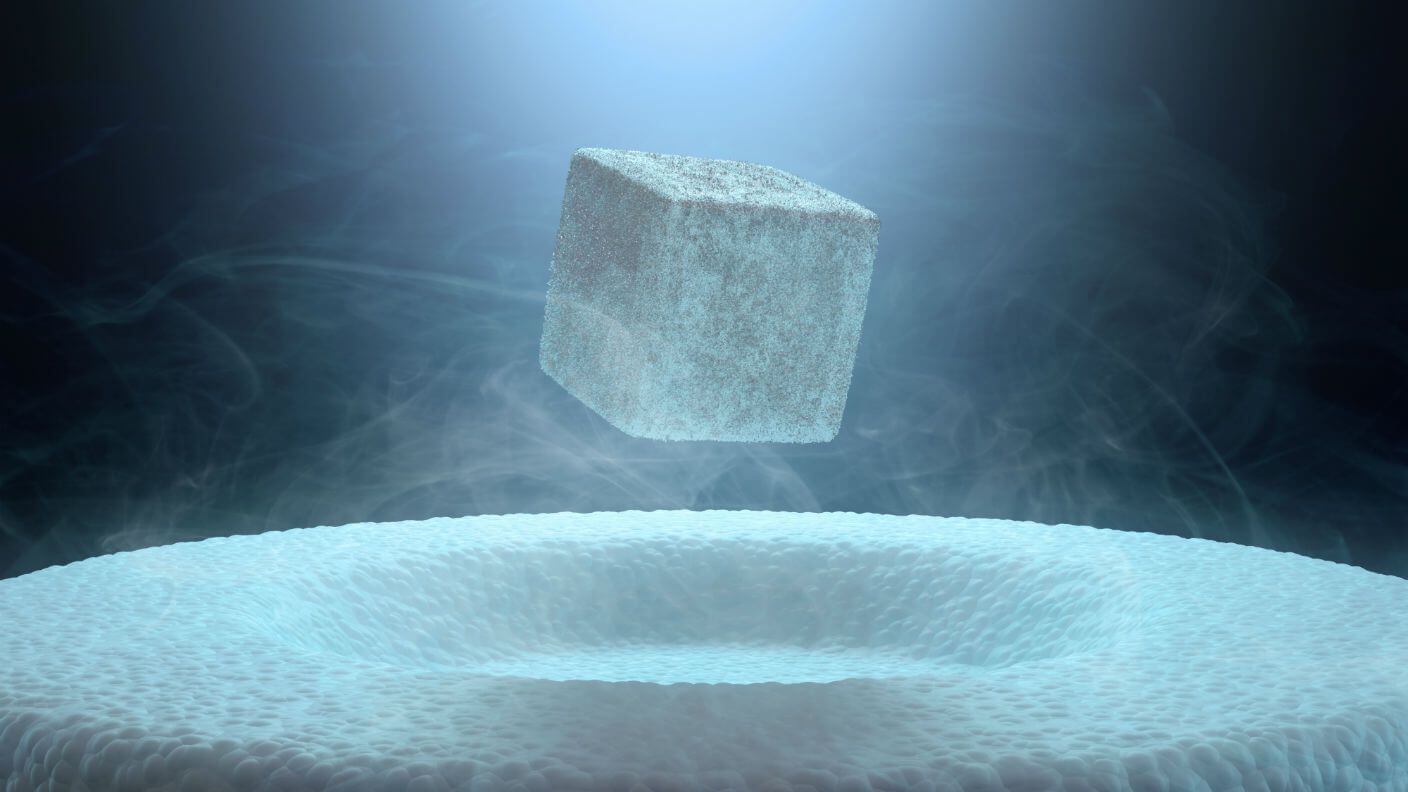
Superconductors are among the most bizarre and exciting materials yet discovered. Counterintuitive quantum-mechanical effects mean that, below a critical temperature, they have zero electrical resistance. This property alone is more than enough to spark the imagination.
A current that could flow forever without losing any energy means transmission of power with virtually no losses in the cables. When renewable energy sources start to dominate the grid and high-voltage transmission across continents becomes important to overcome intermittency, lossless cables will result in substantial savings.
What’s more, a superconducting wire carrying a current that never, ever diminishes would act as a perfect store of electrical energy. Unlike batteries, which degrade over time, if the resistance is truly zero, you could return to the superconductor in a billion years and find that same old current flowing through it. Energy could be captured and stored indefinitely!
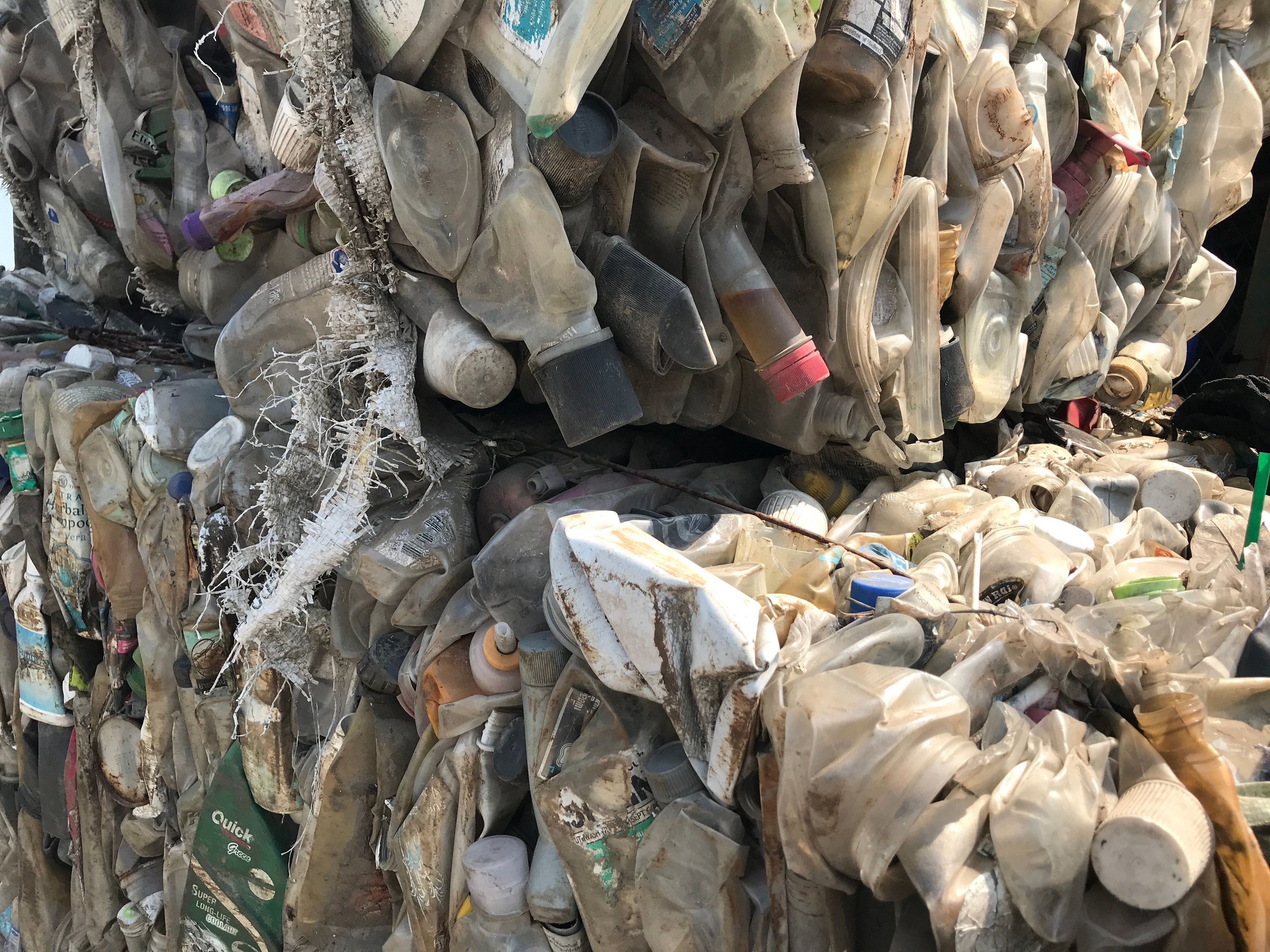
Australia’s recycling crisis needs us to look into waste management options beyond just recycling and landfilling. Some of our waste, like paper or organic matter, can be composted. Some, like glass, metal and rigid plastics, can be recycled. But we have no immediate solution for non-recyclable plastic waste except landfill.
At a meeting last month, federal and state environment ministers endorsed an ambitious target to make all Australian packaging recyclable, compostable or reusable by 2025. But the ministers also showed support for processes to turn our waste into energy, although they did not specifically discuss plastic waste as an energy source.
The 100% goal could easily be achieved if all packaging were made of paper or wood-based materials. But realistically, plastic will continue to dominate our packaging, especially for food, because it is moisture-proof, airtight, and hygienic.
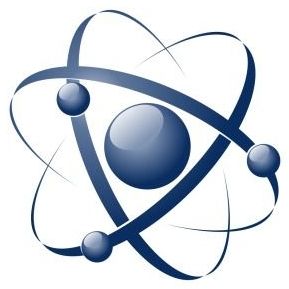
Sustainable biological filters called slow sand filters have been used to filter drinking water since the 1800s. They don’t use any chemicals, create no waste and use very little energy. However, technologies that meet modern requirements for control, monitoring and time-efficiency have become popular, while biological water treatment has been less favoured, since little has been understood about how it works. New research from Lund University in Sweden shows that not only are the older filters more efficient cleaners – they could be making a comeback soon with the help of new technology.
Older sand filters are more effective than new ones, a unique field study at a water treatment facility in southern Sweden shows. This is because the old filters have had the time to develop a specific ecosystem of hungry bacteria that purify the water. The water is cleaned not only by mechanical filtering by the grains of sand, but by considerably smaller helpers as well.
The fact that sand filters contain microorganisms was already known. However, it was believed that sand filters helped to reduce the number of bacteria, which is not the case.
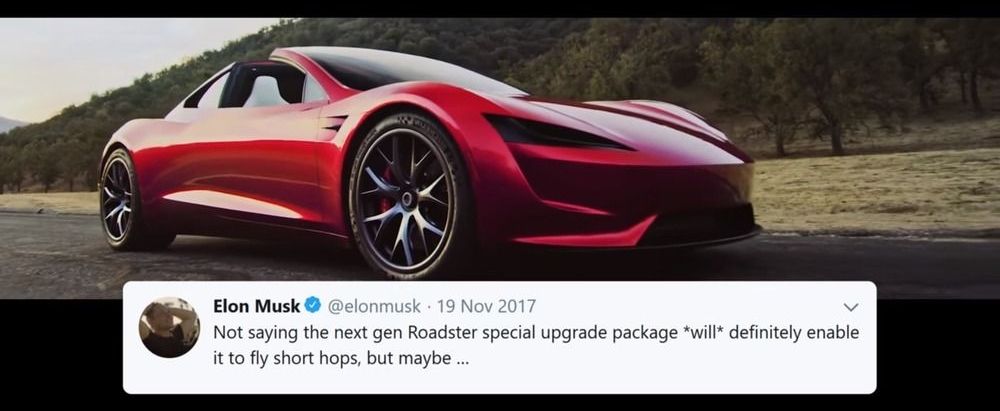
We’ve all dreamed of owning, or at the very least being a passenger of, a flying car. It’s the sci-fi dream that never transpired — until recently, that is. With a growing emphasis of developing flying taxis among several different companies, one wonders if the revolutionary Tesla Motors has plans to join in on this new venture.
Could Elon Musk’s random tweet from late last year be an indicator of Tesla’s interest in flying cars and their joining of this brand new “space race?”